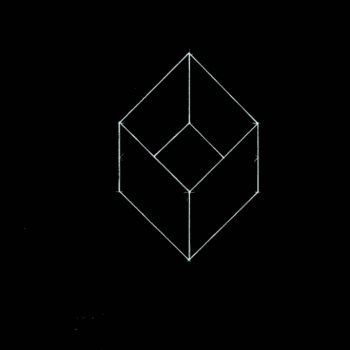Domain is the possible values for #x#.
The domain for the parent function , #sqrtx# is from #0# to #oo#, or #[0, oo)#
graph{y=sqrtx}
Notice how #0# is included. That's because #sqrt0# is the lowest number that is possible. Any number smaller than #0# is negative, and a square root of a negative number craetes an unreal number (#i#), which we can't graph.
Long story short, we can't take the square rot of a negative number, so we stop at #0#
Let's factor the quadratic and see the roots for #x#:
#x^2-5x-14#
We need to find #2# numbers that multiply to #-14# and add to #-5#
#color(white)(xx) + -5#
#color(white)(+) xx -14#
.........................
#+-1 xx +-14#
#color(red)(+-2 xx +-7)#
#-7+2# gives us #-5#, and #-7 xx 2# equals #-14#
So, now we have #sqrt((x+2)(x-7))#
So, the rule with square roots is that the factors must be equal to or larger than #0#
Let's solve for these roots and see what value of #x# makes everything equal #0#
factor 1
#x+2=0#
#x=-2#
factor 2
#x-7=0#
#x=7#
Now we know that if #x# equals #-2# or #7#, we're taking a square root of #0#. So, if #x# equals anything smaller than #7# or larger than #-2#, we would be taking a square root of a negative number.
So, our domain is "anything smaller than #-2# and anything larger than #7#", or #(-oo, -2] U [7, oo)#
To check our work, let's graph the equation:
graph{y=sqrt((x+2)(x-7))}
Yep! We were right.
The graph has no issues until #-2# to #7#. From those points, the graph is not possible

